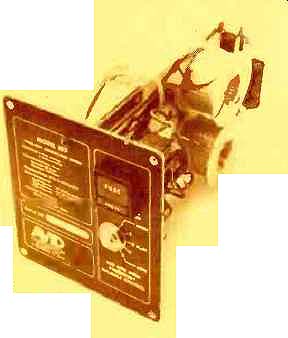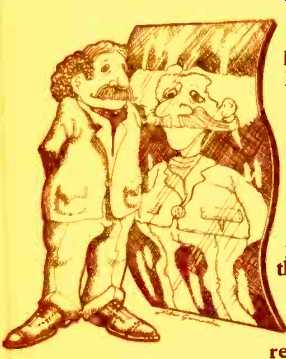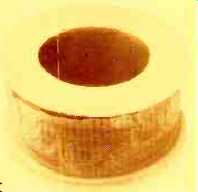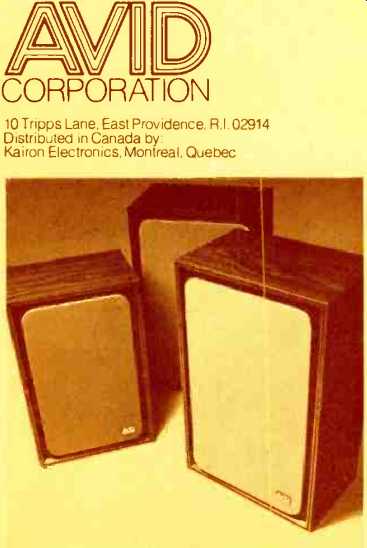
The undistorted truth behind the Avid dividing network.
At Avid, we know there's a lot more to building a really accurate speaker than just a super flat frequency response.
So, after we've done all we can to build the flattest, most linear response into our speakers, we spend a lot of time fussing over a whole bunch of equally important things.
Like dividing networks, for example.
The role of the dividing network is to send input frequencies to the right driver without introducing any distortion or degrading the transient characteristics of the speaker.
It sounds simple.
Unless you happen to be the engineer designing it. In which case it can become the most critical can of worms in the whole speaker design. Pick the right crossover frequencies, interface the drivers just right, and you've got the frequency response problem just about knocked.

But you can't stop there.
You see, if the drivers aren't damped just right, the dividing network can degrade the transient response of the speaker, even if you've achieved a super flat frequency response. The result is a ringing response. Transient distortion. Poor imagery.
There's still more.
Because even the best designed dividing network in the world can be a real washout when it comes to intermodulation and harmonic distortion, if the components you use aren't up to snuff.
For instance, in a lot of speakers you'll find dividing networks using non-linear components like iron core coils. Great for the manufacturer because they're cheaper. Not so great for you because of the distortion they can create.
Especially at higher power levels.
Avid uses only ideal, linear components such as air core coils in its dividing networks. More expensive, of course, but they're distortion free.

The point is, we're a company that is totally and unequivocally committed to just one thing. The design and construction of the clearest, best sounding speaker systems in their price range.
And that's not just so much advertisingese. It's for real. But, it's for you to decide. So here's what we'd like you to do.
Go to your Avid dealer. A-B an Avid with any other similarly priced speaker. Then pass judgment. We think we know what the verdict is going to be.

AVID CORPORATION
10 Tripps Lane, East Providence, RI, 02914
Distributed in Canada by. Kanon Electronics, Montreal, Quebec
-----------
(Audio magazine, Sept. 1975)
Also see:
Avid Model 110 Minimum Diffraction Loudspeaker (Oct. 1979)
Avid Series 100 High Fidelity Speaker Systems (Dec. 1973)
Avid Model 102 Speaker System (Equip. Profile, Sept. 1975)
= = = =